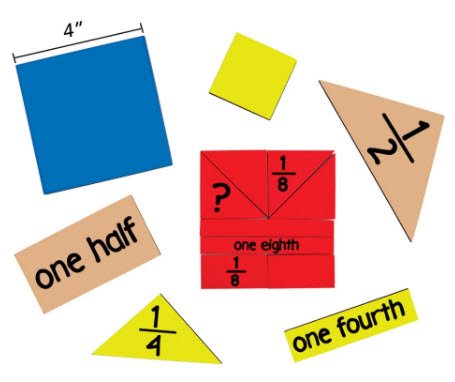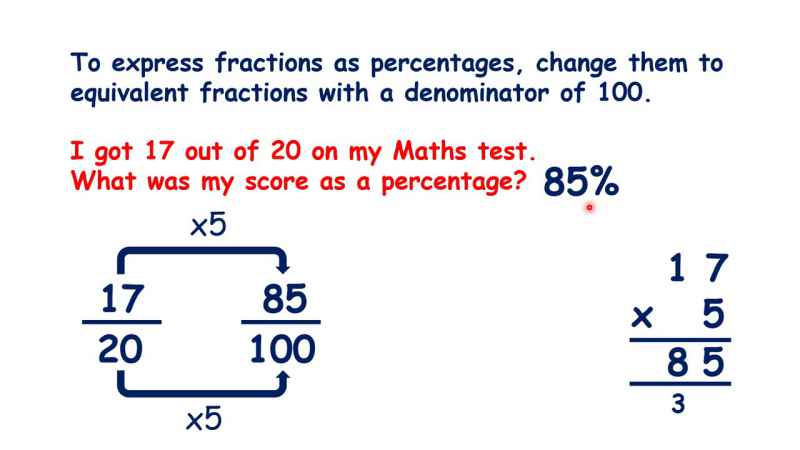What is the Definition of 41 As a Fraction?
How do you define fraction 41? What are some common examples? This page will explain 41 as a fraction and give graphical representations of various types of fractions. A full explanation of the meaning of this number is available on the website. The number of primes in a million is 100. It’s considered a natural number. It’s also a prime number. In math class, the answer to this question is 98.

Calculate converts fractions and percentages to equivalents.
The lowest form of 41 as a fraction is 36. The following document is 61. Suppose you are trying to figure out a percentage of another number. In that case, you can do this by entering it into the calculator. Then, press the calculate button. The result is the square root of 41. Once you’ve entered the decimal value of a fraction, the system will automatically determine its equivalent. Utilizing this method it is possible to transform the fraction into a mixed fraction.
The greatest common factor (GCF) determines your fraction’s FCF.
A square root 41 can be described as an ideal square. As such, it has two factors. One is 0; the other is 1. The numerator of a prime number has only one aspect. Then, you divide the number by the same factor. When you find the greatest common factor, you’ll have the greatest common divisor (FCF) of your fraction. A perfect square is a fraction with one or two prime factors.
Divide ten by four to get a prime factor.
The first prime factor is ten. Then, you divide the number by four. You’ll have the same fraction as a prime factor. The other two prime factors are decimal. These two prime factors are equal to the numerator. This is called coprime. This is the most important fraction in mathematics. It’s a common problem that many math teachers have to solve. It’s a common math task.




Leave A Comment